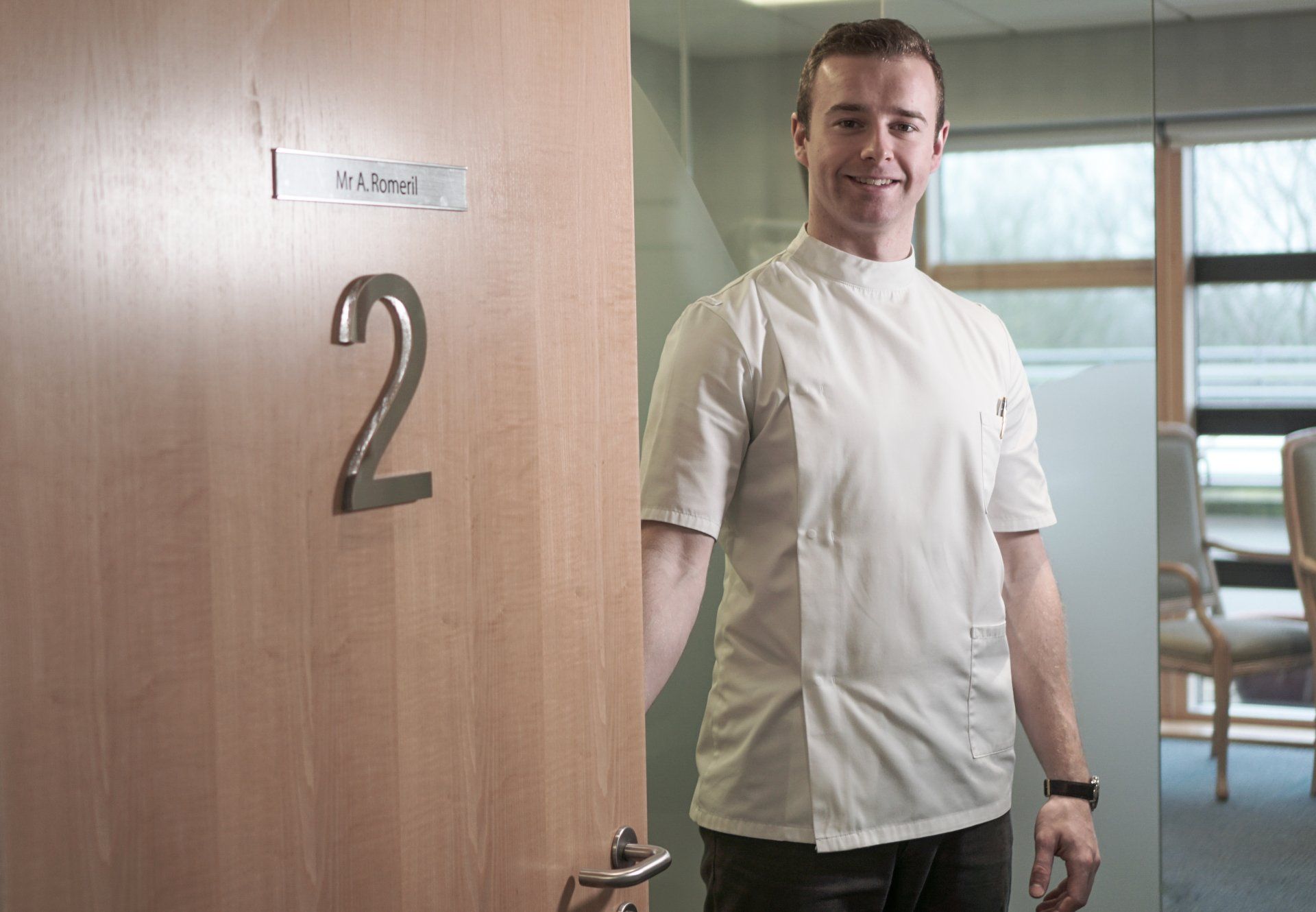Frequently Asked Questions
Do I need to see my doctor first?
You do not need to see your doctor first, however, it is always worth discussing your problem with your doctor. Some insurance companies require you to see your doctor first. So if you intend to reclaim the fees through an insurance company it is best to contact them to find out if this is a requirement.
How much is it?
Osteopathic Consultation: £90 (45 minutes)
Osteopathic Treatment: £70 (30 minutes)
Osteopathic Extended Treatment: £140 (60 minutes)
Naturopathic Consultation: £90
Naturopathic Treatment: £70
What shall I wear?
As mentioned previous on the osteopathy page: in order to provide the best consultation ideally I'd be able to see the area of pain and also palpate the area with my hands.
Neck, mid-back, ribs, shoulder and elbow problems:
Removal of shirt/top and jewellery (ear piercings, glasses and necklaces) in order to examine these areas is ideal.
What you can wear if you wish to remain partially dressed: light vests (ideally sleeveless), sports bra, crop top, etc.
Note: wrist
and hand
problems may require examination of the above mentioned areas.
Low back, sacral, coccyx, hip and knee problems:
Removal of shirt/top and trousers in order to examine these areas is ideal.
What you can wear if you wish to remain partially dressed: light vest, sports bra, crop top, loose shorts, leggings, sport shorts etc.
Note: ankle
and foot
problems may require examination of the above mentioned areas.
Reason for the removal of clothing: visually seeing the movement of the joints, muscle tone and joint range of motion helps a great deal with diagnosis and helps put the full picture together once palpation is completed.
It is also very important to see if any major/minor swelling, bruises, red areas/patchy skin lesions or for other systemic signs are present for they may require the patients' attention or further medical attention.
Please contact me if you have any further queries, as I have stated above, these suggestions are "ideal" but are not essential.
My top priority is that you feel comfortable during the sessions, if this means you wear slightly more than is "ideal" then that is completely fine!
What will happen during a consultation?
The consultation has three parts: case history, physical examination and treatment/referral.
A full case history will include current and history of complaints and also a full medical history screening. This will help me narrow down the problem into a more accurate set of diagnoses which will be tested during the physical examination.
The physical examination is used to confirm and rule out the potential diagnoses and give the practitioner a greater understanding of how the body is coping and functioning. This aspect may involve orthopaedic testing, muscle function testing, reflex recording and special examination (i.e. sight, hearing, balance, heart and lung sounds etc).
Upon completion of the physical examination a working diagnosis should be obtained. Once the practitioner has explained the working diagnosis, the remainder of the consultation will be used for treatment and advice.
There is often time for treatment, however, if the case history is complex in nature and extensive examination is required: treatment may not be possible. If I feel the problem requires further examination through diagnostic imaging (X-Ray, MRI, ultrasound) then further guidance will be given.
What will happen during treatment?
Osteopaths have a wide range of treatment techniques, these include soft tissue massage, joint mobilisation, joint manipulation, muscle energy techniques and many others. These techniques are used to reduce pain, relieve muscle tension, improve the blood supply to and from the area as well as stimulate the nerve supply to the tissues. This will maximise the body’s self-healing mechanism and encourage faster recovery
How many treatments will I need?
The number of treatments you need depends on the condition and how your body responds to treatment.
My primary goal is to restore your body to optimal function and reduce in pain within 1-5 depending on severity/complexity.
Once a patient has reached a point of resolution/plateau I will then manage the patient with monthly/quarterly/bi-annual or annual check-in sessions. This is a lot like an 'MOT' session and are very useful for health promotion and body repair/recovery.
I will make an estimation at the consultation and inform you of the treatment plan I intend to follow to resolve your problem.
Is it painful?
Some soft tissue treatment may cause discomfort during treatment, though this should not be painful. You may feel a little stiff or sore after treatment and this is a normal, healthy response to the treatment.
Can I bring a friend or relative?
Yes, provided you are comfortable around them in previously stated dress wear. If required, your chaperone can wait outside in the waiting area during the case history if you wish to maintain some confidentiality, then they re-enter during examination.
